
Exploring VR, AR, & Mixed Reality
In this brief overview, we delve into the contrasting realms of VR, AR, and Mixed Reality, highlighting the key disparities between these immersive technologies.

Virtual reality (VR) and augmented reality (AR) are common terms in tech that relate to special glasses or goggles, like the ones Google tried with Google Glass, the Meta Quest, and the upcoming Apple Vision Pro. Some devices focus on just VR or AR, but many blend both for a mixed-reality experience.
With VR gadgets for consumers, Apple’s Vision Pro on the horizon, and AR apps on smartphones, it can be puzzling. Here are some simple tips to help you distinguish between virtual reality, augmented reality, and mixed reality.
What is Virtual Reality(VR)?
Virtual reality (VR) creates a completely digital world that replaces your real surroundings. For example, even if you’re at home, wearing a VR headset can transport you to another planet, put you in a fast race car, or even make you feel like you’re in a meeting with coworkers.
While it might not be as advanced as the metaverse concept envisioned by Mark Zuckerberg, VR headsets like the PlayStation VR 2 and Meta Quest 2 can still give you an immersive experience that feels like you’re somewhere entirely different from where you are physically.
Virtual reality headsets come equipped with a built-in screen and special lenses that send a slightly different image to each of your eyes. These headsets also contain various sensors to keep track of how you’re moving your head. Together, these components work to make you feel like you’re inside a three-dimensional world where you can freely look around.
When you move your head, your perspective changes just like it would in real life. This natural movement is a significant improvement compared to early VR attempts like the Virtual Boy, which fell short in this aspect.
One important thing to note is that in virtual reality, you usually rely on hand controllers to move around and interact with virtual objects, especially if you want to go beyond a few steps. This limitation means that virtual reality is primarily used for activities like gaming and watching 3D videos.
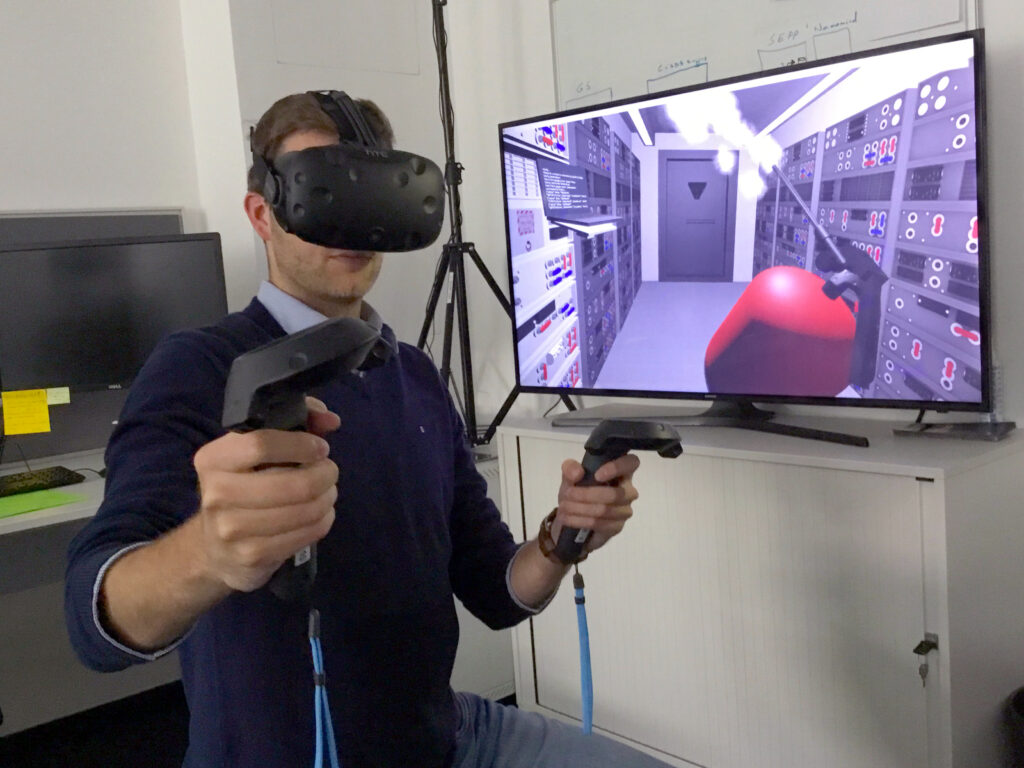
What is Augmented Reality(AR)?
Augmented reality (AR) is like adding a virtual layer on top of the real world. Instead of being completely immersed in a computer-generated digital environment, you mainly see the real world with some virtual enhancements. These additions can include things like pop-up notifications, directions, speed indicators while skiing, or instructions for servicing an engine.
Although there are AR goggles like the Microsoft HoloLens that display floating apps in your field of view, these are primarily used for business applications. Most consumers experience AR through their smartphones.
One of the most well-known examples of phone-based augmented reality is the game Pokémon Go. This app utilizes your smartphone’s camera to show your real surroundings on the screen and then adds Pokémon characters into the mix. You can explore and change your perspective by moving around or simply by turning your phone.
There are other handy AR apps as well, such as IKEA Place, which lets you preview virtual furniture in your own home. Google Lens is another useful tool that can overlay translations onto menus in different languages, among other functions. Apple’s Measure app is yet another example, allowing you to use a digital tool on your screen to measure the length of real-world objects.
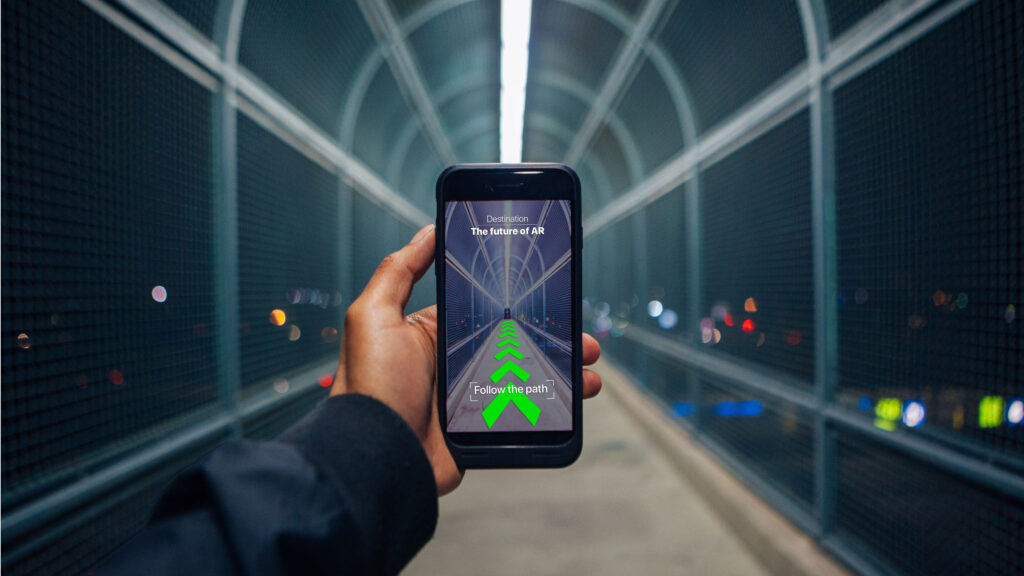
What is Mixed Reality(MR)?
Mixed reality, often abbreviated as MR (though not as commonly as VR or AR), occurs when virtual reality (VR) goggles incorporate augmented reality (AR) features. In simple terms, headsets like the Meta Quest 2, Microsoft HoloLens 2, and Apple Vision Pro have forward-facing high-definition cameras that enable them to display the real world on their screens, in addition to extra information.
For instance, the Vision Pro primarily shows your actual surroundings but adds virtual app interfaces. If you prefer, you can adjust a dial to move more into the virtual realm, where your surroundings are replaced by something else, or you can stay mostly in the real world.
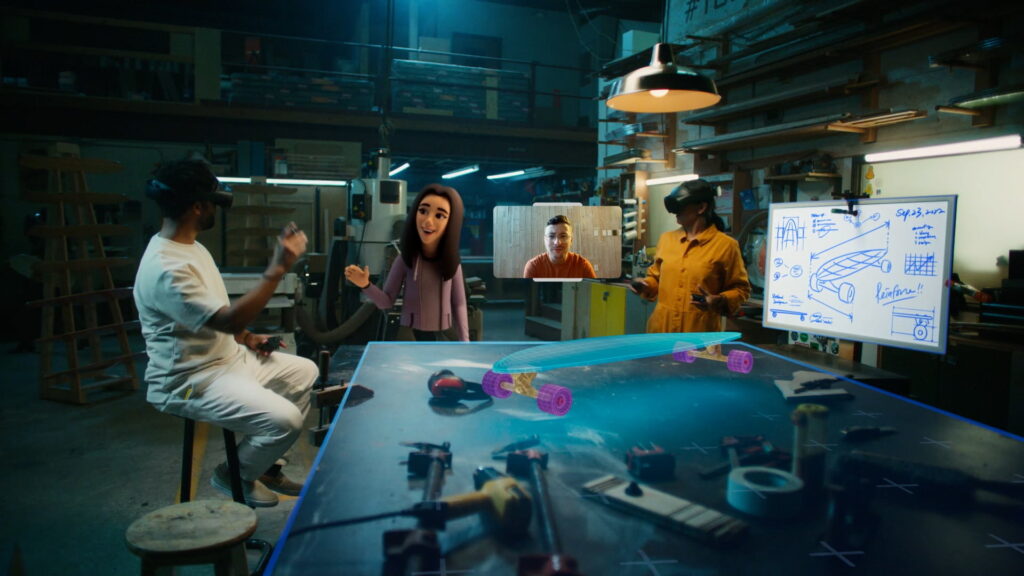
What is Extended Reality(XR)?
Extended reality, often abbreviated as XR, is the inclusive term that encompasses virtual reality, augmented reality, and mixed reality. When you’re unsure whether something falls into the category of virtual reality, mixed reality, augmented reality, or any point in between, you can simply refer to it as XR. It serves as a convenient catch-all term for these immersive technologies.

In a world of ever-advancing immersive technologies, understanding the distinctions between Virtual Reality (VR), Augmented Reality (AR), and Mixed Reality (MR), and the overarching term Extended Reality (XR), allows us to grasp the diverse spectrum of experiences they offer.
Ultimately, these innovations continue to reshape the way we interact with our environment, presenting boundless opportunities across various domains and emphasising the importance of ethical considerations in their development and application.
As we journey deeper into this realm, it becomes increasingly vital to navigate the moral landscape of immersive technologies, ensuring that they enrich our lives while upholding principles of fairness, integrity, and compassion.
Never miss any important news. Subscribe to our newsletter.
Related News


British Investor Who Predicted US Slump Warns of Next Crash

I’m a Death Doula: 4 Reasons I Believe Death Isn’t the End
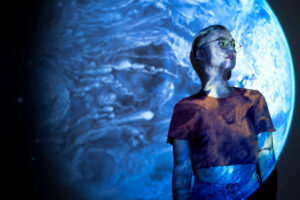

Tech to Reverse Climate Change & Revive Extinct Species

AI Unlocks the Brain’s Intelligence Pathways

XPENG Unveils Iron Robot with 60 Human-like Joints

Can AI Outsmart Humanity?

11 ChatGPT Prompts to Boost Your Personal Brand

Keir Starmer Hints at Possible Tax Hikes on Asset Income
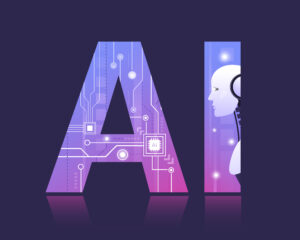
Navigating the Future of AI: Insights from Eric Schmidt
